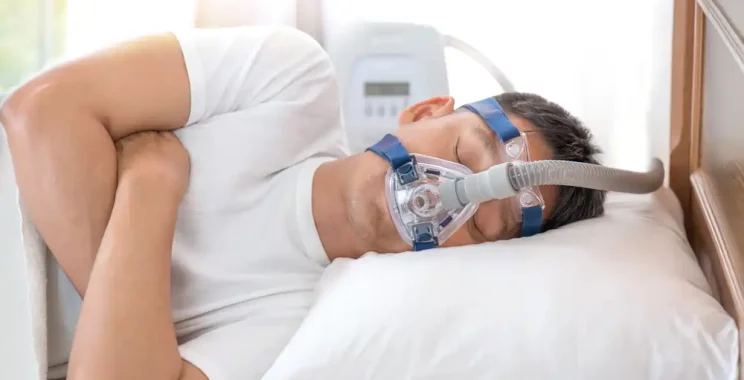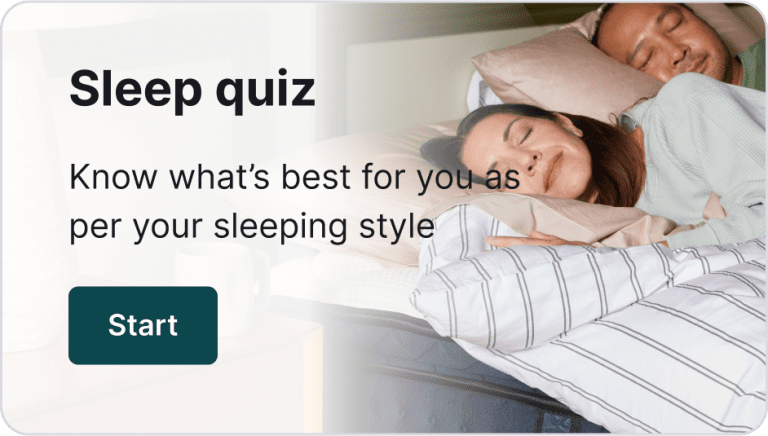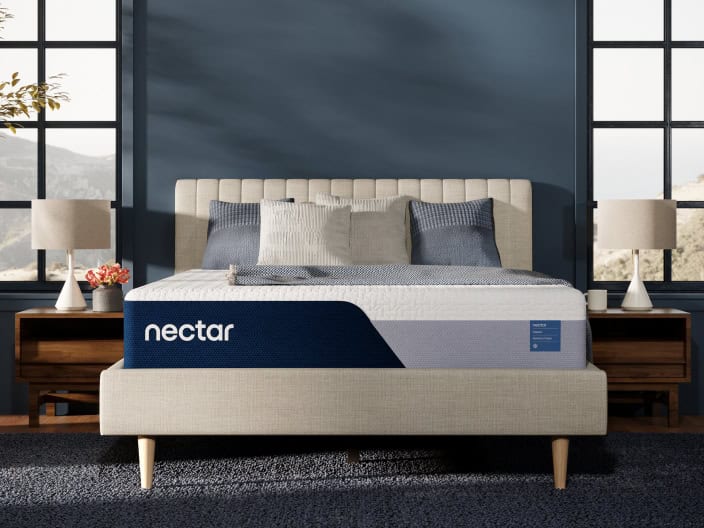What is CPAP: Continuous Positive Airway Pressure
Share
Fact checked
Reviewed by experts
Updated
January 9, 2023
Quick read
4 mins to read
List of Content
Are you diagnosed with sleep apnea? Positive airway pressure (PAP) therapy is a recommended and most beneficial treatment for those with sleep-related breathing disorders. There are several techniques to provide PAP therapy, but CPAP (Continuous Positive Airway Pressure) is widely considered the most effective treatment for sleep apnea.
What is CPAP? CPAP, or continuous positive airway pressure, is a machine used in therapy to deliver air to the mask that patients wear for consistent breathing. Patients with sleep apnea can benefit from using a CPAP machine or CPAP masks in both the long and short terms. Read this article to learn more about CPAP therapy, the benefits of CPAP supplies, and tips for comfortably using the CPAP machine.
What Is CPAP
Continuous Positive airway pressure, or CPAP, is a technique for supplying pressure to the airways maintained by the respiratory cycle during inspiration and expiration. What is CPAP exactly? A machine, mask, or device? In CPAP therapy, a mask that fits over your nose (or may extend over your mouth) is used, along with a machine that pushes positive airway pressure through a tube to the mask for regular breathing. They are referred to as either CPAP masks or CPAP machines.
It is helpful in the treatment of both Obstructive Sleep Apnea (OSA) and Central Sleep Apnea (CSA), as well as other breathing problems. People with OSA have an abnormally high number of shallow breaths or breathing pauses as they drift off to sleep. When you have CSA, your brain stops delivering signals to regulate breathing, causing your breathing to pause.
To prevent these lapses, or short breaths, while sleeping, the CPAP breathing sleep machine aids in maintaining the regular push of the airways. Continuous airway pressure to the mask avoids breathing pauses and improves sleep quality.
Components of CPAP Machines
The components of the breathing sleep machine, CPAP, are as follows:
- Mask: A mask that covers your nose or as well as mouth to prevent air from escaping through the airways.
- Mask straps: Mask straps are provided to keep the mask in place even if you turn over.
- Tube or Hose: Your mask is connected to the CPAP machine’s motor by a plastic tube or hose, which forces air from the machine into the mask and subsequently into your airway.
- Motor: The plastic tube is attached to the CPAP machine’s motor for airflow. An air filter and, in some situations, a heated humidifier is also part of this motor component.
Sleep apnea machines, or CPAP, are of different types depending upon the requirements and preferences of the patients. The types of CPAP masks are:
Nasal Mask
A nasal mask is a mask that allows air to flow only through the nose.
Nasal Pillow
A nasal pillow is a mask that pushes air through the two prongs that stretch inside the nose.
Full Face Mask
A full face mask typically covers your lips and nose, but in some cases, it may also cover your entire face.
Oral Mask
An oral Mask is a distinct and unpopular style that covers your mouth.
How Do CPAP Machines Work
Initially, sleeping with a CPAP machine might feel uncomfortable. Getting used to a CPAP machine requires time and patience to deal with situations and insecurities.
What does a CPAP machine do? A CPAP machine operates by forcing air through the tube to the mask, then to the user’s nose as they sleep (sometimes with a mouth too). The pressure this air exerts on the airway reduces the chance of shallow or obstructed breathing. The traditional CPAP machine delivers air to the nose at a fixed pressure rate.
What Are the Benefits Of CPAP
The most important benefit is connected to the use a CPAP machine. What are CPAP machines for? It reduces the number of episodes of abnormal breathing during sleep. Other short-term benefits are:
- Improved sleep quality
- Elevates mood
- Less daytime fatigue
- Reduced snoring
Long-term benefits of CPAP masks include:
- Helps in controlling high blood pressure
- Reduces the risk of stroke
- Improves memory consolidation, immune system, and cognitive abilities
What Are the Possible Side Effects Of CPAP
CPAP side effects include:
- Dry mouth and stuffy nose
- Nosebleeding
- Sore throat
- Redness or irritation due to the use of a mask
- Respiratory infection
- Irritation in eyes
- Bloating or nausea
At first, using CPAP masks can make you feel uncomfortable. Additionally, your doctor or a sleep specialist can suggest how to lessen the adverse effects of a CPAP machine.
Tips for Comfortably Using a CPAP Machine
Here are some tips to Comfortably use a CPAP machine:
- In a CPAP machine, a heated humidifier can help lessen the chances of nosebleeds, congestion, and dry mouth.
- CPAP masks are offered in various forms. You can always try and see which suits you the best.
- Ensure cleaning your CPAP machine regularly. This will lessen the possibility of contracting an infection.
- If you have trouble sleeping because of the pushing air, visit your sleep specialist. They will reduce the rate of your breathing sleep machine to a lower one.
Conclusion
CPAP supplies help you deal with serious sleep disorders, i.e., sleep apnea and other breathing problems. Using CPAP masks will improve your sleep quality, help reduce snoring, prevent high blood pressure, and provide other benefits. There are a few side effects as well that will go away with time. If the side effects continue or become unbearable, consult your doctor or a sleep specialist as soon as possible.
FAQs
A CPAP machine treats sleep apnea (both OSA and CSA).
Sleep apnea machines, i.e., CPAP masks, increase lung volume, preventing upper airway collapse.
Yes, keeping the airways open to receive the necessary oxygen for optimal function, it aids in maintaining oxygen levels.
CPAP side effects include dry mouth, stuffy nose, sore throat, nosebleeds, and others. These all remain only at the start of the treatment.
In CPAP users, GH axis restoration and an elevation in IGF-1 cause the body to gain weight.
The mask may have been worn for a short time, or your pressure may need to be adjusted.
This website does not offer medical advice nor professional medical services; rather, it is provided solely for educational, informational, and/or entertainment purposes. Individuals seeking medical advice should consult a licensed physician. The information provided should not be used for diagnosis or treatment of any condition, disease, or injury. When you have a medical condition, you should always talk to licensed doctor or other certified medical professional. You should never delay seeking professional medical advice or treatment based on the contents of this website. Call 911 or immediately go to the nearest emergency room if you think you may have a medical emergency. The contents of this website are provided “as-is”, Sleep Authority and its parent, subsidiaries, affiliates, employees, contributors disclaim any warranty of the information contained herein. Please contact using contact form to report any errors, omissions, misinformation, or abuse.
Sleep Authority is brought to you by Resident, the company that brings you Nectar, DreamCloud, Awara, Wovenly, Bundle, Home Well Designed and Level Sleep.



